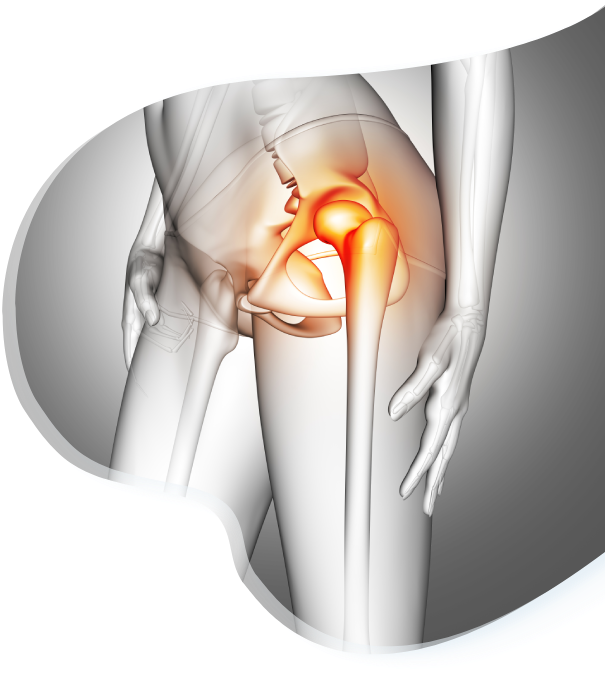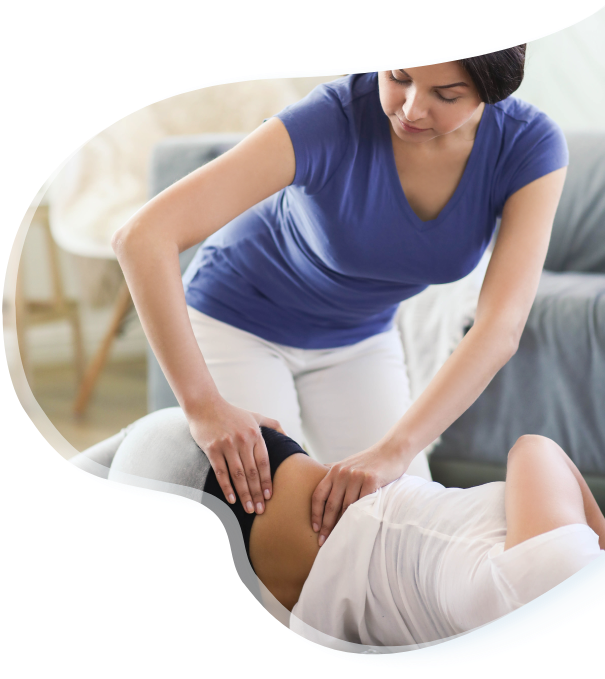Understanding Complex Hip Replacement
Difficult or complex hip replacements typically involve cases where the patient has unique anatomical considerations, significant deformities, dwarfism, dysplasia, severe bone loss, prior failed surgeries, or other complex medical conditions. These cases necessitate a higher level of expertise and innovative approaches to achieve optimal results. Some conditions include developmental dysplasia of the hip, osteonecrosis, prior trauma, prior surgery and complex medical situations.
Types of Challenging Hip Replacement Situations
- Severe Bone Loss: Extensive bone loss due to conditions like osteoarthritis, rheumatoid arthritis, or prior surgeries can make the reconstruction challenging.
- Deformities: Patients with severe deformities, such as congenital hip dysplasia, require specialized techniques to correct the alignment during the replacement.
- Revision Surgery: Patients who have had previous hip replacements and require a new replacement due to wear and tear, infection, or implant failure.
- Complex Medical Conditions: Patients with comorbidities like obesity, diabetes, or cardiovascular issues that complicate the surgical procedure and recovery.
- Traumatic Injuries: Hip replacements following severe trauma or fractures that affect the hip joint.

Surgical Approaches for Complex Cases
- Custom Implants: Utilizing custom-made implants based on the patient's unique anatomy, providing a more precise fit and addressing specific challenges.
- Computer Navigation and Robotics: Utilizing advanced technology for real-time surgical guidance, aiding in precise implant placement, particularly beneficial in cases with deformities or bone loss.
- Bone Grafts and Augments: Using bone grafts or metal augments to reconstruct lost bone, providing a stable base for the new hip implant.
- Acetabular Reconstruction: Reconstruction of the hip socket (acetabulum) using specialized techniques and implants.
- Femoral Reconstruction: Addressing significant femoral bone loss or deformities to ensure a stable femoral component for the new hip implant.

Potential Complications and Risk Mitigation
Infection
Exposure
Rigorous infection control measures, prophylactic antibiotics, and sterile surgical environments to reduce the risk of infections.
Risk of
Dislocation
Specialized surgical techniques and implant selection to minimize the risk of dislocation, particularly in cases with severe deformities.
Implant
Loosening
Utilizing advanced cementing techniques, custom implants, or bone substitutes to minimize the risk of implant loosening.
Nerve and Blood
Vessel Damage
Careful preoperative planning and precise surgical techniques to minimize the risk of nerve or blood vessel injury.
Recovery and Rehabilitation
- Individualized Rehabilitation: Tailoring rehabilitation programs to the patient's specific situation and needs, ensuring a safe and effective recovery.
- Physical and Occupational Therapy: Incorporating physical and occupational therapy to improve strength, range of motion, and functional abilities.
- Long-Term Follow-up: Regular follow-up appointments to monitor the progress of the hip replacement, address concerns, and modify the rehabilitation plan as needed.

Contact Us Now
Business Hours
- Monday: 9:00 AM – 6:00 PM
- Tuesday: 9:00 AM – 6:00 PM
- Wednesday: 9:00 AM – 6:00 PM
- Thursday: 9:00 AM – 6:00 PM
- Friday: 9:00 AM – 6:00 PM
- Saturday: Open Selected Saturdays
- Sunday: Closed



